Continuing the ongoing series of interviews on fantasy user interfaces, it’s my honor to welcome Paul Taglianetti. Joining the industry at the cusp of the transition to interactive computer generated graphics, his first major feature film was “Demolition Man”, with its visionary take on communication technologies in the year 2032. One of the first movies to use flat panel screens, “Demolition Man” shows the future of seamless video calls, multi-monitor information systems embedded in police cars, handheld clipboard tablets, automated public service kiosks, and many more. In this interview, Paul talks about the state of video playback industry in the early ’90s and the changes it underwent during that decade, the limitations of early flat screen technology for cinematographers, the impact that the Video Image company had on digital image creation, visuals effects and compositing, and how he sees the age of generative AI for the creative industry, especially through the lens of academic teaching. Around all these and more, he takes a deep dive into what went into making “Demolition Man”, as well as the transformative impact of “The Matrix” and its bullet time effects.
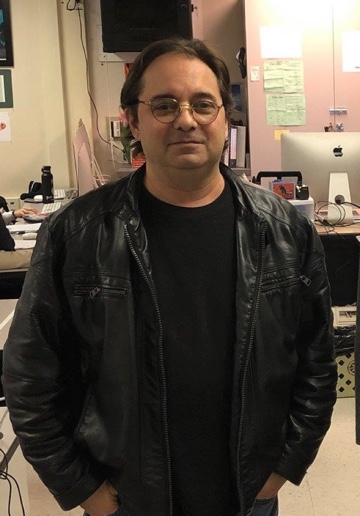 Kirill: Please tell us about how you got into the industry, what drew you into it, and what you’ve been doing since then.
Kirill: Please tell us about how you got into the industry, what drew you into it, and what you’ve been doing since then.
Paul: I just wanted to work on movies. I had a background in animation, and I moved to Los Angeles in ’91. There weren’t a lot of opportunities at that time that were readily available. Digital effects had not yet taken off by then. Most of the visual effects houses that were in California were doing more traditional effects, and were still using optical printers to do compositing.
I ended up getting hired at a company in Marina del Rey called Video Image, and the first assignment they gave me was the movie “Demolition Man”. That movie had a lot of video and computer graphics in it, and video gadgets. It was a big job. It wasn’t my first feature film, but it was my first big studio feature film. I had done smaller independent films as a crew member, but that was the first time I had worked on a big studio film with a big budget and A-list actors. There were a lot of technical challenges, because there were a lot of things that were being done for the first time.
I worked for Video Image for about five years after that first job, working on a lot of movies, doing various jobs from coordinating and producing miniature effect shoots, to underwater shoots, to computer graphic jobs, video playback jobs and then eventually I left there to go freelance. I continued working in the movie industry until about 2011, and then I got my master’s degree and went into education. And I’m currently working as a college professor teaching digital media, specifically areas of graphic design, video production, editing, animation and motion graphics – at Antelope Valley College in Lancaster California, about a half hour north of the San Fernando Valley.
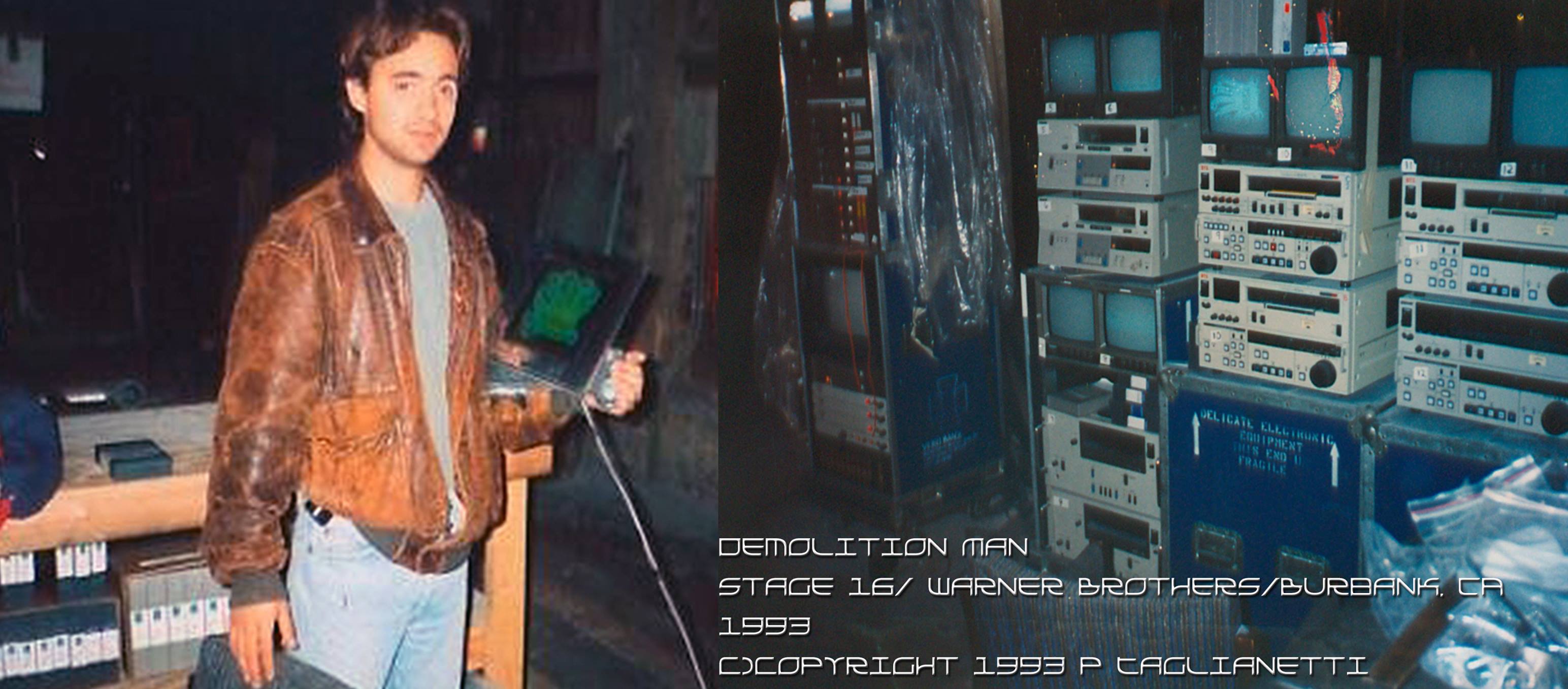
Left: Paul Taglianetti with the clipboard screen on the set of “Demolition Man”. Right: the video playback center on the movie. Courtesy of Paul Taglianetti.
Kirill: If you don’t mind me bringing you back to that time when you started, I was about 17 at the time when “Terminator 2: Judgement Day” came out, and then “Jurassic Park” a couple years later. It was just mind-blowing to see that level of complexity and realism on the screen. Was that the level of expectations going into “Demolition Man” in terms of what has been shown to be possible by those productions?
Paul: We were using the same software that they were using on those films (Soft Image/Alias). “Terminator 2” and “Jurassic Park” had just come out when we started “Demolition Man”. Whenever there’s a new technical innovation in filmmaking, other producers want to ride that wave. So there was a lot of interest in using computer effects in movies, and there was definitely that interest on “Demolition Man” to use current state-of-the-art technology to create the effects.
Most of the digital effects done by our team were played back live on set using special modified video playback decks. A lot of the computer and the CGI that you see in “Demolition Man” are done live, fed into flat screens on set. We had a lot less time to do them, because they had to work on the set with first unit and with the actors. You’ll see scenes in the movie where the camera will go by a screen or look at a monitor, and that’s done on set with first unit. So we had to start almost in pre-production building the graphics. And sometimes we were building the graphics after the camera rolled, and we only had a short amount of time to create them.
When we started shooting, “Jurassic Park” had just come out. Joel Silver the producer of “Demolition Man”, who later also went on to produce “The Matrix”, came to the set one day after watching the screening of “Jurassic Park”. There’s a scene in “Jurassic Park” towards the end of the movie where Arianna Phillips reactivates all the systems that had been shut down, and they showed the screen where the graphic zooms in to a virtual 3D interface where she turns everything back on – and Joel Silver really liked that. He wanted to do the same thing in “Demolition Man” for one of the scenes, so we ended up creating a graphic that wasn’t an exact copy, but had the same feel to it. So there’s a scene in the police station where they’re looking at a computer graphic to try to locate the villain’s chip, and it zooms in and has a similar dynamic.
So yes, there was a desire to make it look like these other films, but we had a fraction of the time to do all of the work. We had to create them so that they were ready to go as the camera was rolling, because the idea was to shoot most of the graphics on screen to save money and time. If you watch that movie, especially the scenes in the police station and some of the other sets, there’s always video on the monitors. That enhanced the whole feeling of you being in a futuristic society. There’s a lot of live feeds with CGI digital work in the film.
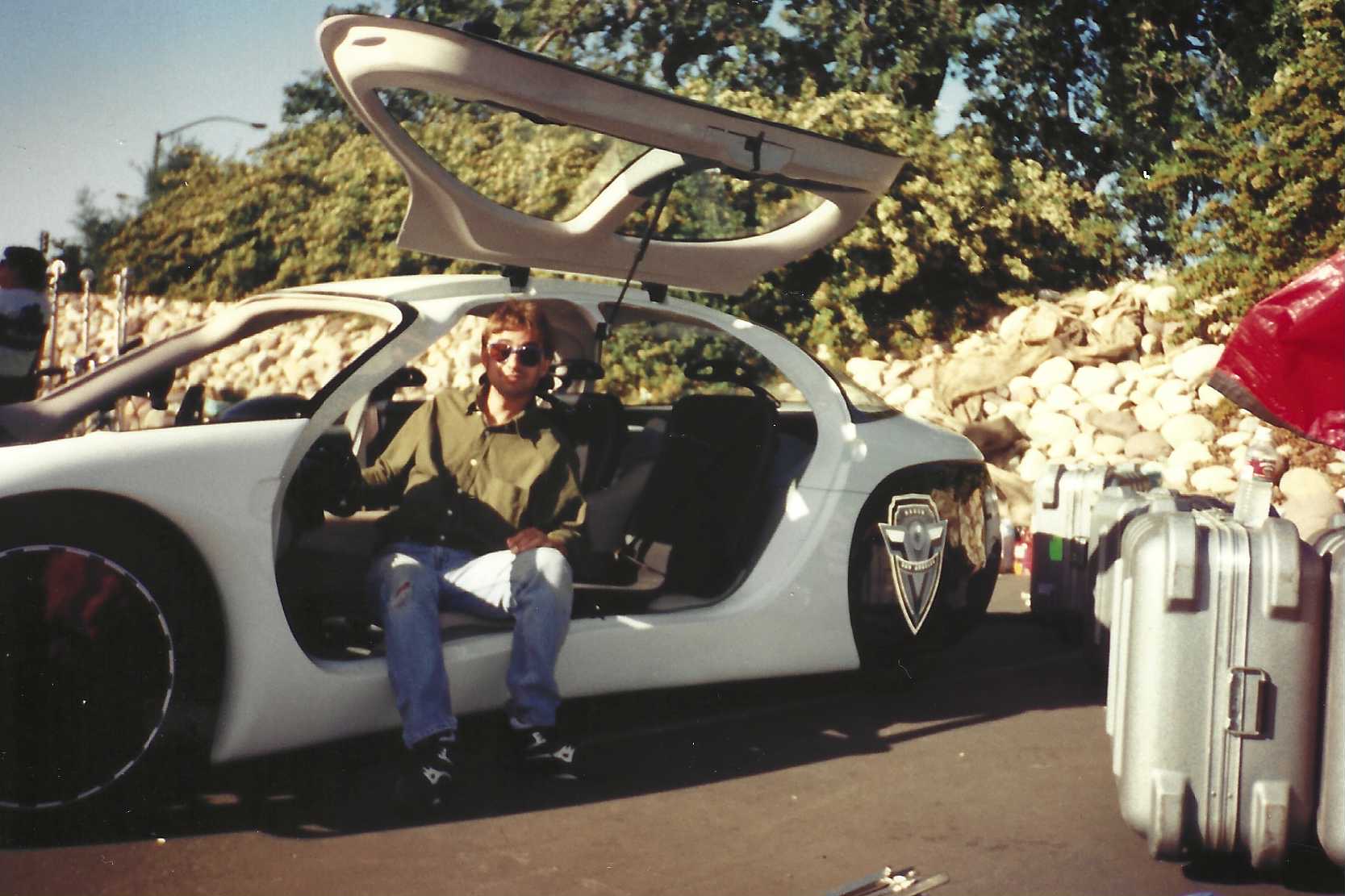
Paul Taglianetti on the set of “Demolition Man”. Courtesy of Paul Taglianetti.
Continue reading »
Continuing the ongoing series of interviews on fantasy user interfaces, it’s a delight to welcome Danny Ho. His path in the industry started almost 30 years ago, at the cusp of the transition from pre-recorded video decks to fully interactive computer generated graphics. Under his leadership, Scarab Digital is a monumental presence in the field of screen graphics (and well beyond), with over a 100 productions under its belt, including more than 1,000 episodes of some of the most memorable television in the last couple of decades, from “The X-Filed” to “Charmed”, from “Sanctuary” to “Siren”, from “Yellowjackets” to “Monarch”, as well as the entire span of the DC television universe in the last 12 years – “Arrow”, “Supergirl”, “Legends of Tomorrow”, “Batwoman”, “The Flash”, and “Superman & Lois”.
In an almost impossible task to fit all of this into one interview, Danny talks about those early days of computer generated graphics and the evolution of hardware and software stacks, challenging his artists to make an impact with their work, how much resolution is too much, the impact of Covid, and the looming emergence of generative AI tools.
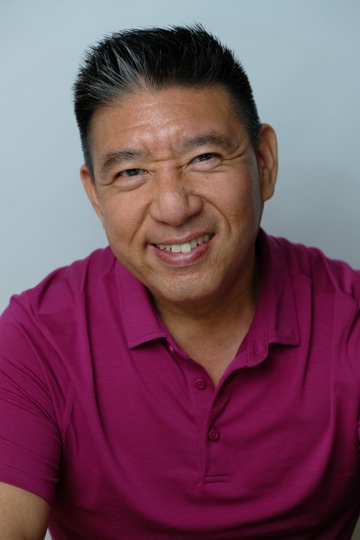 Kirill: Please tell us about yourself and the path that took you to where you are today.
Kirill: Please tell us about yourself and the path that took you to where you are today.
Danny: It was back in the 24-frame CRT computer playback days, as practical on-set video playback was already established. There was little post work, and most of it was making real graphics on set, right at the cusp of pre-recorded rendered output from a video deck. You would play linear video, there was no interactivity, and production was used to that. It was done on a three quarter inch or Betacam decks, fully synced to an actual CRT that was synchronized with the film camera.
I got exposed to that through the company that was doing that process on the computer side of it and starting early explorations into interactivity. My buddy was helping someone else do it, and he didn’t mind company. I would go with him to the set and he was, of course, designated to do the work. In between takes I would watch him rush, and try to cable things up, and go to the monitor, and connect to the computer. You’re always under a timeline, and there’s always a struggle of a sort. So of course, I’m not going to sit there and watch him [laughs]. I would go and help him and connect everything until it was all done – and then the actors would work with his stuff.
As I watched and observed, I started thinking that these guys have something here. This is not going to go away. This is going to become more demanding, because we’re natural geeks. We just know how to do this. The old legacy was purely video. They have no idea how to make anything interactive. And sure enough, they landed “The X Files” season two. From there Chris Carter [the creator of the show] became the hottest thing and started doing other shows like “Millennium”, and I ended up working on all those spin-offs for Chris. That was the training grounds for growing this whole thing and taking it to the next level.
Those three quarter inch decks and BetaCam decks were big pieces of equipment, and they had hard cases on them. If you had more than one source, you needed more than one deck, and you have to help carry these things around. I could see the guys who had the market doing video would eventually converge, and you would have a computer that would be able to eventually play video. You could see that coming, even if it wasn’t immediate. It was years away at that point.
I was able to do both. I worked with the video guys and I worked with the computer guys. Back then I did everything as one person – I would coordinate or shoot on set during the day, build graphics at night, then do the whole cycle again the next day. I was burning the candle at both ends. And eventually, as I coordinated projects, you build a network and you solve other people’s problems. So they give you a call and say “Hey, can you help us on our show?” I can say that I was one of the only ones at the time that could do both – I can do the computer and I can do the video playback stuff. The video guys didn’t want to learn the computer side, so they would recommend this fellow who’s well-known in the community. His name is Klaus Melchior and he cornered the market in terms of video.
I knew there would be a certain point where he was going to sail off to the sunset and retire, and sure enough he did. I was happy for him that he was able to retire, he’s an awesome guy. So we picked up the pieces and took the reins for this transition to using computers to play video interactively.
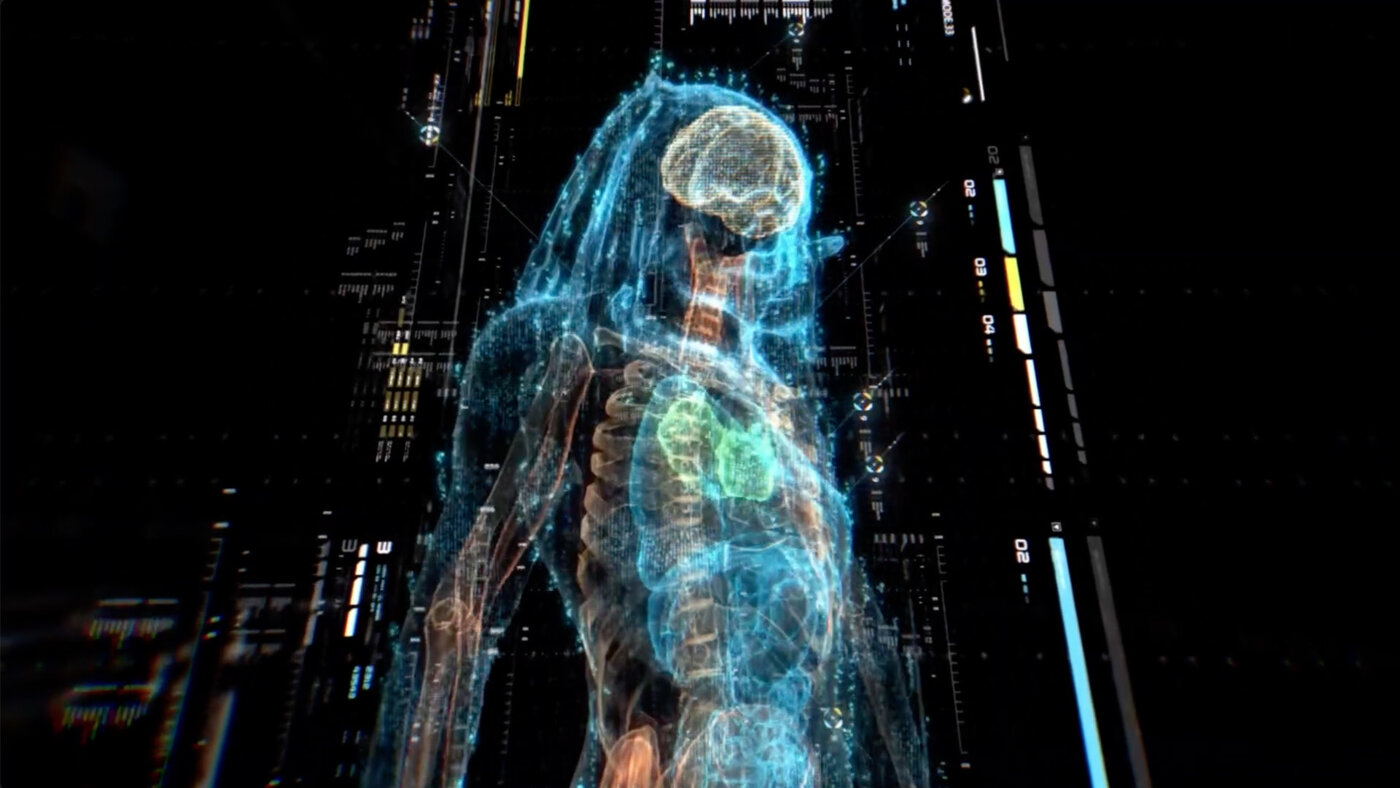
Screen graphics for “The Predator” (2018), courtesy Danny Ho and Scarab Digital.
Kirill: Was there a particular point in time where it felt that computers are powerful enough to take over back then?
Danny: My brother had an internship with Alias Wavefront that later became Maya. I remember visiting him and then he showed me a little trailer, just like we see them every day now, a trailer of a movie. It was playing full real time on an SGI computer, and it was so foreign of a concept to see a video file playing on a computer. It was full resolution and completely smooth. Unbelievable at the time.
It gave me a taste of what the future was going to be on a typical regular computer. It was mind blowing at the time, but of course to us now it’s nothing.
Kirill: How wild is it to look back and remember those days and look at your desk now?
Danny: It’s unbelievable [laughs]. Your phone has more compute power than what the computers were using at the time. If you take the concept that every year you have compute power doubling, it’s pretty staggering.
That’s somewhat of my sweet spot of what I bring to a company. I was able to see where the trends are going, and what the demand might be, and what people might want based on what’s happening now and what’s possible in the future. That is how I’ve grown the business, trying to always stay ahead, looking at what tools might be out there.
There are times I take tools that are completely not meant to do anything related to film or graphics, but they might have to fulfill a purpose for us. We adopt them into the workflow, and we’re always eager to improve and make what seems impossible, possible. Look at the visual effects these days. At one point it couldn’t do plastics and things that look reflective that well. And then later it can do fire and water. It is always progressing. There was a time back then when I was contemplating our company to also do visual effects. Do we do visual effects or do we stay in interactive motion graphics? If you think about what the producer wants, and consider what is doable in VFX. Then you graph VFX against what the producers want vs achievability, they are running almost in parallel, and almost never cross. It’s very difficult to exceed the expectations of a producer for any visual effects. It’s definitely more attainable now, especially when you throw enough money at it.
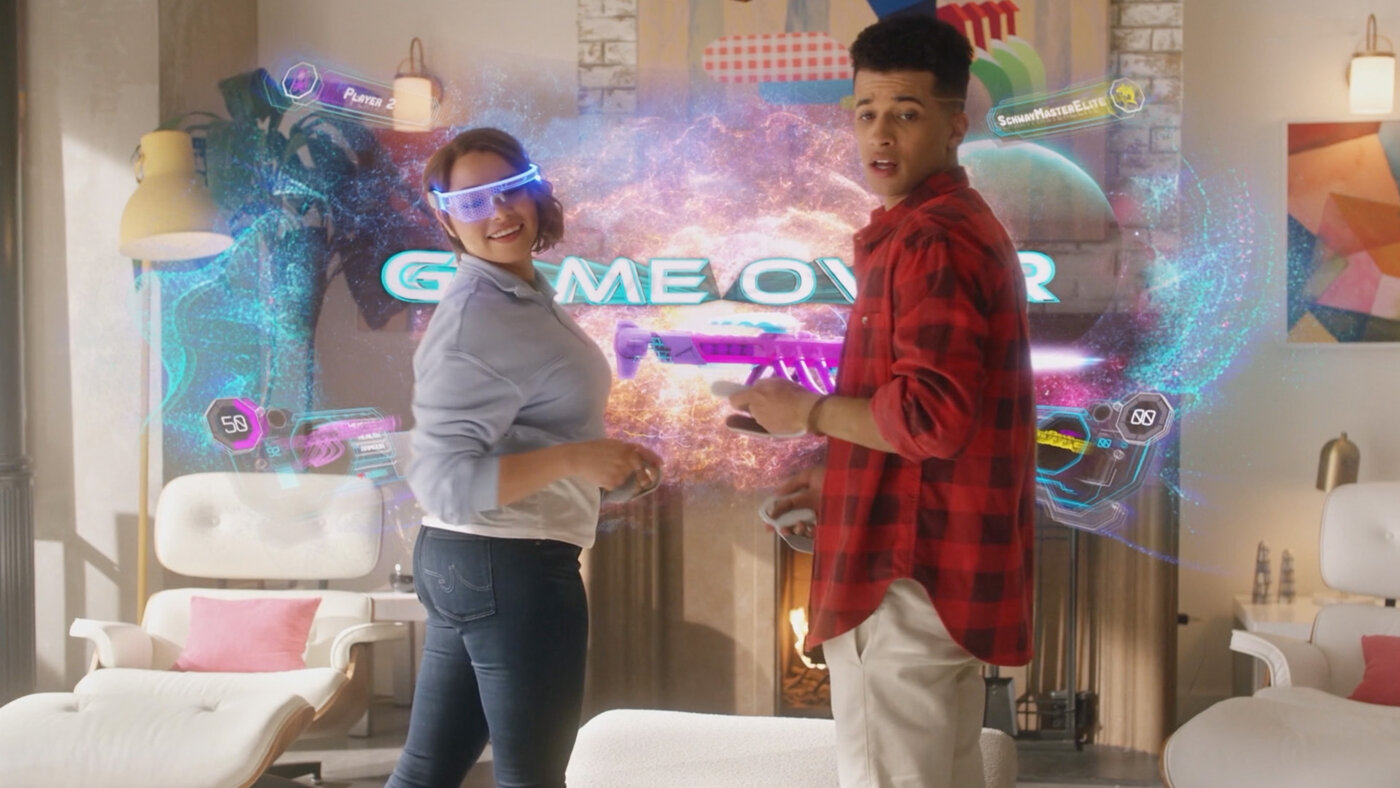
Screen graphics for “The Flash” Season 8 Episode 19, courtesy Danny Ho and Scarab Digital.
Continue reading »
Continuing the ongoing series of interviews on fantasy user interfaces, it’s my pleasure to welcome Clark Stanton. In this interview he talks about the chaotic nature of productions and how screen graphics fit into supporting the story, differences between working on set and in post production, the pace of episodic productions, and the potential place of generative AI in this creative field. In between these and more, Clark talks about his work on screen graphics for “Chicago MED”, “Free Guy”, “Moonfall”, “Tomorrow War” and “The Peripheral”.
 Kirill: Please tell us about yourself and the path that took you to where you are today.
Kirill: Please tell us about yourself and the path that took you to where you are today.
Clark: Hey, I’m Clark Stanton, I’m a creative director and playback graphic supervisor at Twisted Media. I have been creating and facilitating screen graphics for a little less than 11 years. I started after school at a luxury realty company, and moved on to freelance motion design before landing my first full time job at a small production company. I started my career in film and TV after I met Derek Frederickson (who you’ve also interviewed) at a Chicago motion artist meetup where we became friends. A little later on when he got particularly busy, and convinced me to drop my other motion design job and join Twisted Media as his first full time employee. I had no idea what to expect and was incredibly lucky to fall into a dream job.
Kirill: Do you ever think how lucky we are to have been born into this digital world, and not 200 years ago where we would have to plow fields as peasants?
Clark: Absolutely. I’ve been a nerd through and through since I can remember. My brother and I started the first Starcraft club at our junior high. We were always networking computers across the house and playing with technology. We were fortunate enough to have access to some of that pretty early on in our development, and it spawned a love for computers and technology – that helped lead me to where I am in film. Honestly, I can’t even imagine doing anything else.
Kirill: As you joined the field and got a glimpse or two about how the sausage is made, if you will, do you remember being particularly surprised by how things work behind the scenes?
Clark: I always thought that every production had a plan that they were executing, these perfect machines that churned out magic. But the real nature of production is there is plan, but it’s always chaotic. You have all these individuals coming on a new group project, and everyone’s learning how to work with each other well. They’re building the plane in real time, making decisions in real time. Production might be focusing on one area or another because it’s extra complex, and our part in telling the story is usually pretty small in the grand scheme of things. So because we always have the golden parachute of going green and figuring it out later in post. We often get pushed to the edge of that creative decision making.
It’s been interesting to learn how to advocate for yourself, to make sure that the production gives you the answers you need, so that you can solve their problems and move the story along – hopefully in camera. And when that doesn’t work, then it’s always fun jumping into post and learning where the edit went and what actually needs to be there. Sometimes you have a huge elaborate graphic that you built for set, and it gets cut down. Maybe they liked the actors’ reactions, and now they’re changing the edit and trimming down or transforming what was in the original script to make the story more clear, until you’re left with just one of the original ten beats.
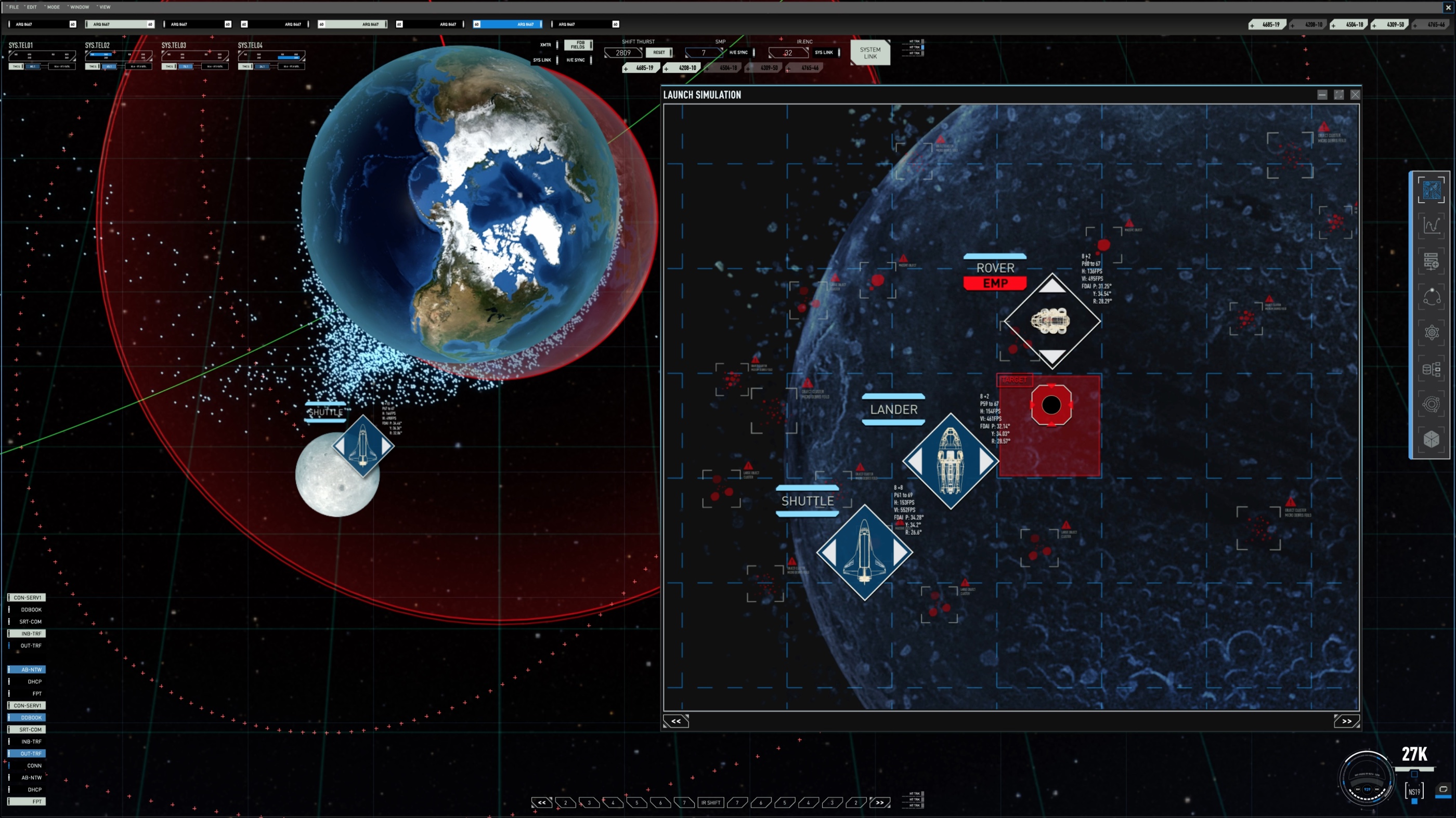
Screen graphics for the loading simulation on “Moonfall” by Clark Stanton.
Kirill: Do you have a preference to work on set versus in post?
Clark: I personally like to build the graphic for set. It’s more fun to play with the dynamic timing. You don’t know how the actor’s going to read their lines, or how much they’re going to pause or emphasize something or play up the drama. Having the reference there for them so that they can point to the screen or read the screen or react to it is much more enjoyable for me.
That said, there’s so much more freedom in post. You know where the edit’s going. You know exactly what you need to see. You usually have a little bit more time on post to get those creative answers and have the attention of the director or the producer. You can play with that part of the story a little bit more precisely.
Kirill: Is there a particular set of skills a person needs in order to not get burned out?
Clark: As a person that’s a workaholic by nature, I think that you need a hobby that isn’t in front of a screen. I’ve always played video games. I’ve always loved creating my own art. This industry has taught me that I need to stand up more and get away from my desk, and that’s my main advice to somebody that is going to try and get into this industry. Make sure that you have a good hobby that you can disconnect with. This industry is feast or famine. You have to take the jobs when they come, sometimes they overlap, and that’s a recipe for burnout.
I personally lift weights, swim or go biking. That has definitely helped me to come back fresh and creative for the next project.
Kirill: There are different names to this industry – playback design, screen graphics, fantasy user interfaces. Do you have a preference on which one best fits what you do?
Clark: Screen design or playback graphics is more how I associate. FUI comes in a lot more when you get into some of the cooler, more post fantasy projects, where you get to explore a holographic HUD in Iron Man or Spider-Man. They’re all applicable. I favor playback, so I tend to lean that way. But if you’re talking to a layman, they might only recognize FUI because of the nature of press coverage for the more recognizable projects.
Kirill: Putting on that layman’s hat, how do you tell me what your job is and why it’s needed? I have my layman’s phone in my pocket and my layman’s computer at home, and those have plenty of user interfaces already on them.
Clark: The easiest way I get it across to people is through cues. If a director wants you to start from the middle of the scene, the actors need to remember where they were, and then continue that scene from the middle. Now, if they have real phones for texting back and forth, you’re interacting with those messages. What happens when it’s a reset? Props has to run in and delete all those text messages, but also to reset the phone time because it’s been 5-10 minutes since the last take. That’s one aspect of it – replayability and manipulation.
The other part is the legal aspect. If you have a villain, Samsung or Apple probably don’t want them to have their product in there for the bad guy. Creating fake interfaces allows you to get around legal clearances.
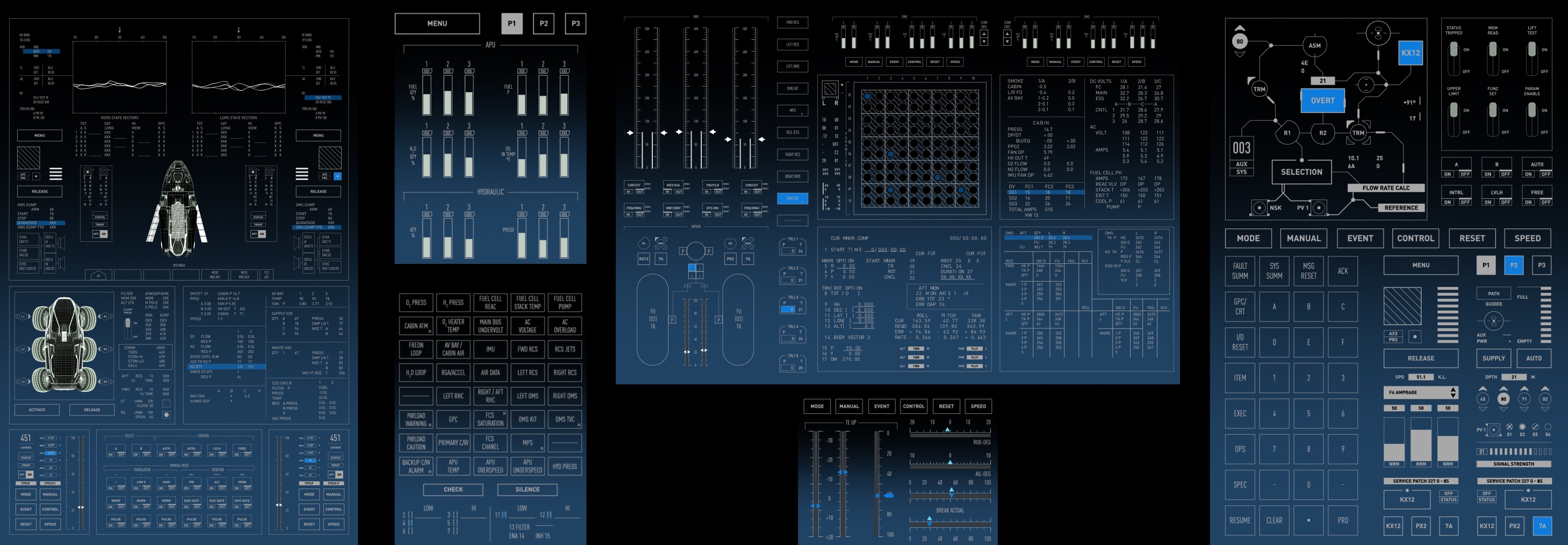
Screen graphics for the lander cockpit on “Moonfall” by Clark Stanton.
Continue reading »
Continuing the ongoing series of interviews on fantasy user interfaces, it’s my pleasure to welcome Noah Schloss. In this interview he talks about defining success, communication skills, the difference between design and art, supporting the storyline, and the impact of generative AIs on human creativity. In between these and more, Noah talks about his work on screen graphics for “Star Trek: Picard” and “Westworld”.
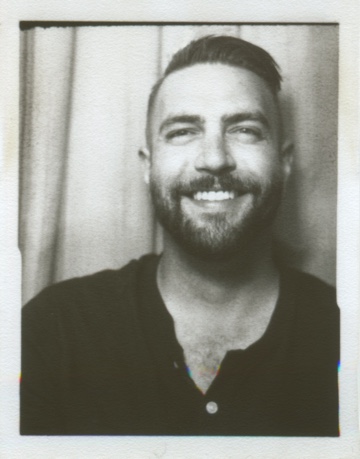 Kirill: Please tell us about yourself and the path that took you to where you are today.
Kirill: Please tell us about yourself and the path that took you to where you are today.
Noah: My name is Noah Schloss, I’m a senior motion designer specializing in FUI currently working at Twisted Media. I have about fifteen years of experience, the last seven of which have been focused in the TV and film space. I’ve had the opportunity to work on some incredible projects like “Westworld”, “Star Trek: Picard”, “Fast and Furious Hobbs and Shaw”, “Morbius”, “The Godzilla/Kong” films, “Fallout”, “Borderlands” and others.
I started my career in advertising and made the switch over to TV/film when my good friend (now coworker) Clark Stanton, asked if I would freelance for Twisted. I started freelancing, and then joined the team full time, and have been at Twisted Media for quite a while now.
Kirill: Was there any particular thing that was surprising or unexpected when you started working in this field?
Noah: I didn’t expect to work on TV and movies from here in my home office [laughs]. The film industry can have some unexpected twists and turns, it can take some time to learn how to navigate. There are also technical aspects unique to film/TV that don’t have parallels in other industries.
Notes and feedback may also fall into this category. For the most part, folks in the film/TV space do a great job of focusing on what’s successful and supportive of the story we’re trying to communicate. Other industries might fixate on what’s wrong. It may seem like a subtle difference in communication but the net result is more concise directives. In an industry where directives are ever changing, the compounding effect can be substantial. Overall, I find this to be a more constructive environment for creative problem solving within large groups.
How to define success has also been a surprising take away from working in the Film/TV space. Over the last couple of years, I’ve been outlining what’s important in my process and learning how I internally define success more objectively. Success always starts with the resources available – not the least of which is time. If I only have 15-30 minutes to complete something, I take that into consideration when judging my own performance. Sometimes when talking with students coming out of school, they talk about a need to get a portfolio-ready piece every time that they put pixels on the screen. I had a similar attitude when I started, and it has changed quite a bit over the years.
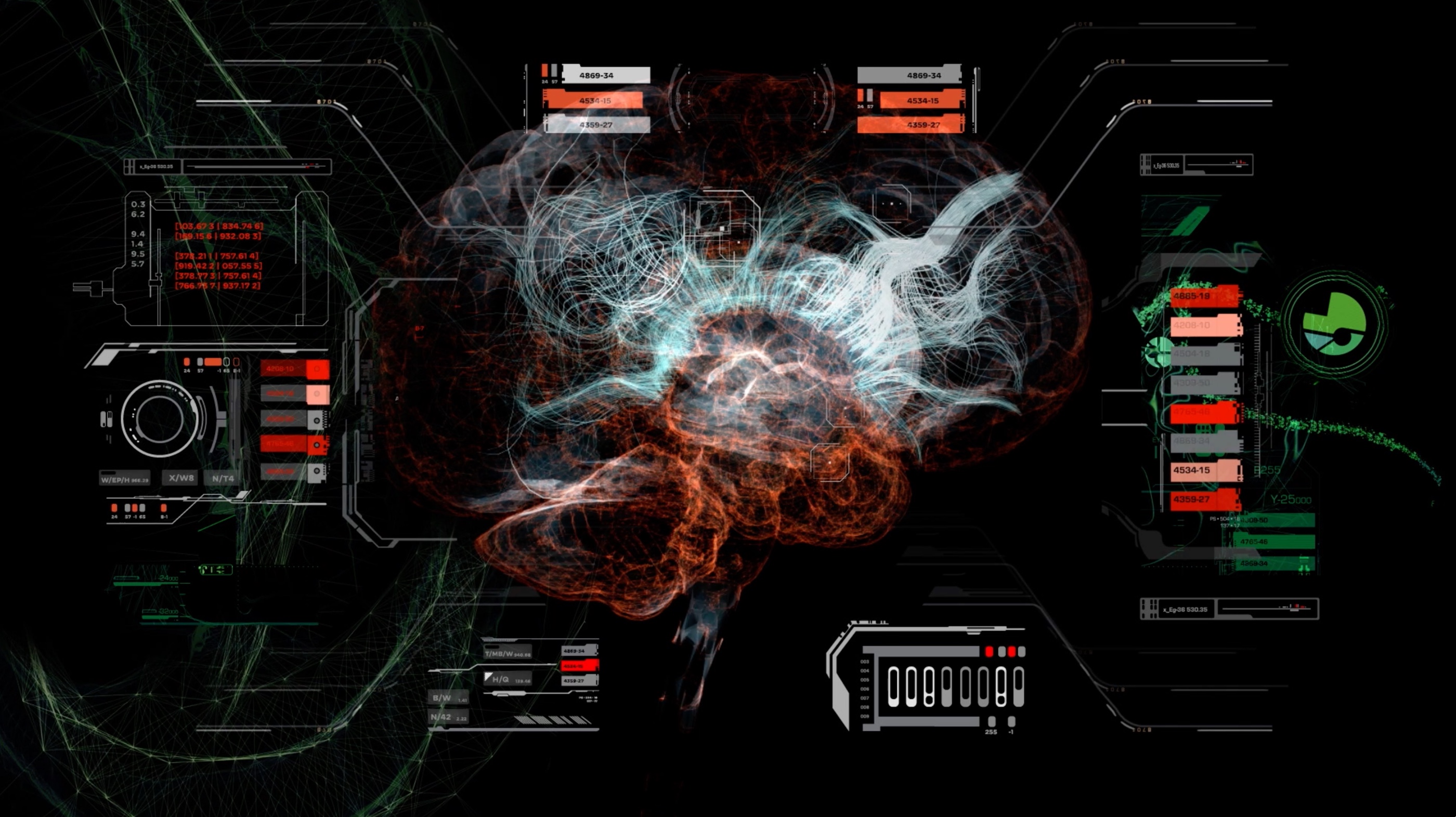
Screen graphics for Season 2 of “Star Trek: Picard” by Noah Schloss.
Kirill: You work for a studio, and the studio works for this big production, and there’s hundreds of people, sometimes maybe thousands of people. Does it feel sometimes that you can’t put a finger on something and say “This is mine”, because so many people participate in that?
Noah: Ownership, and the thoughts and feelings around that can be tricky for a lot of people. I always think of it like playing a team sport, my involvement is one part of the overall team’s success.
I’ve definitely run into people who don’t think like that. It’s difficult, because everybody is there to make a good product at the end of the day. The thing that ties it all together for me is understanding that this is a team environment, everybody’s here to pitch in and make their voice intermingle with everybody else’s, and hopefully make a cohesive whole versus a standalone piece of their own.
Kirill: Do you feel that for somebody who is just starting, for somebody who has strong ideas, it might be a little bit more difficult to participate in this team environment if they are not willing to compromise or accept feedback?
Noah: It totally depends on the person. I’ve found a lot of people in film/TV are looking for what’s right versus what’s wrong. That way of communicating with constructive criticism is the best way forward in any creative endeavor. It’s almost as important to focus on how you’re saying the thing that you’re trying to convey in relation to what you’re saying. Those communication skills help get the job done. You want everybody involved to feel like one cohesive unit versus a fragmented, segmented silo.

Screen graphics for Season 2 of “Star Trek: Picard” by Noah Schloss.
Kirill: How many times have you heard feedback along the lines of “I’ll know it when I’ll see it”, where the feedback is not concrete, where it’s not clear what it is that needs to be changed?
Noah: I’ve heard it a fair bit over the years. That’s part of the role that we’re filling in the filmmaking process though. We are sometimes charged with figuring out what the directive is, and in turn, try to come up with a “right” answer to that directive. I have this conversation a fair bit with one of my co-workers Chris Kieffer. You can have so many “correct” answers to the creative problem solving associated with FUI and filmmaking. Part of that process can be reverse engineering the design brief, and maybe saying that this works for this situation, and we’re going to move forward with that.
Given the timelines that a lot of film and TV productions have, you don’t have time to infinitely explore every idea. We are charged with dissecting the brief, coming up with a game plan, and quickly executing that, and then getting feedback and having this cycle to get where we need to go.
Kirill: What’s the difference between design and art for you?
Noah: I go back to what one of my professors at design school said in his human centered design program. His take on it was artists were always responding to the world around them, and then designers create the world around them. It was always an interesting distinction in my mind to categorize design and art differently like that. I still haven’t found a firm footing in one camp or the other, because one influences the other and vice versa.
You can take a framework like gestalt principles that’s supposed to be the “right way” to organize thought or lead people’s eye in the right direction. Those are helpful rubrics, but there’s also the postmodern school of thought, which is about throwing that out the window and see what else happens. I have Wolfgang Weingart’s book on typography, and he’s one of my favorite typographers that talks about throwing the traditional principles out the window. Even the cover of it removes most of the typographic form, and you still can read it. He was a master at toeing that line of form and function.
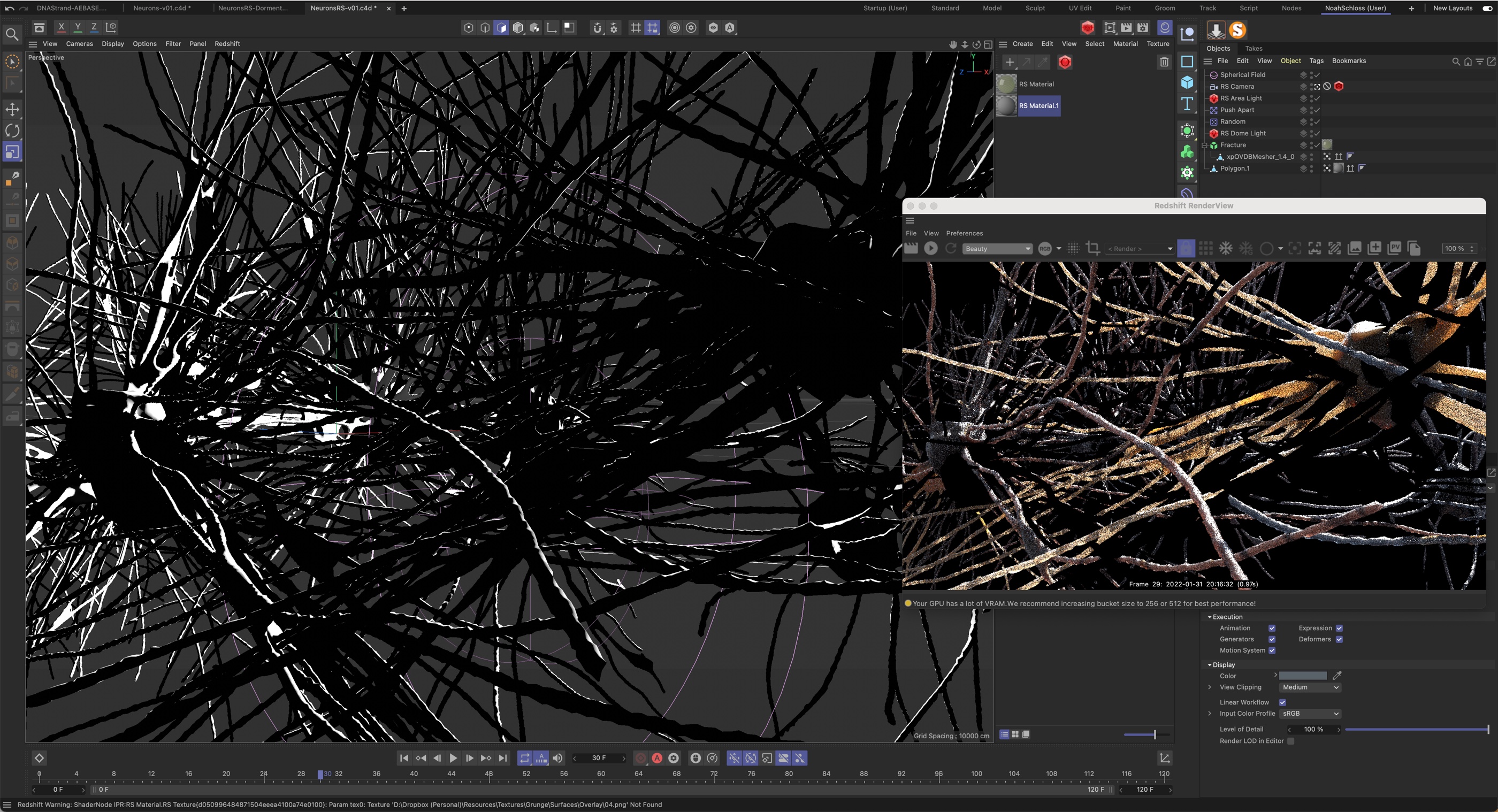
Screen graphics for Season 2 of “Star Trek: Picard” by Noah Schloss.
Continue reading »
![]() Kirill: Please tell us about how you got into the industry, what drew you into it, and what you’ve been doing since then.
Kirill: Please tell us about how you got into the industry, what drew you into it, and what you’ve been doing since then.![]()
![]()